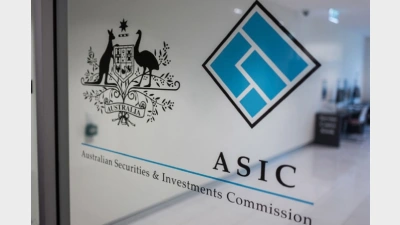Managed funds industry hits $2 trillion



The Australian managed funds industry hit $2 trillion in the December 2012 quarter, according to data released by the Australian Bureau of Statistics (ABS).
At 31 December 2012, the industry had $2026.4 billion funds under management, up $65.5 billion (3 per cent) since the September 2012 quarter.
Super funds grew from $1406.5 billion in September 2012 to $1457.2 in December, while public offer unit trusts increased from $258.8 billion to $264.5 billion.
Life insurance companies saw funds under management increase from $243.7 billion in September to $246 billion, with other managed funds institutions taking a slight dive.
The Financial Services Council (FSC) said the data demonstrated the country's superannuation system, was working well and was positioned to reach $3 trillion by 2030.
"We have a world class superannuation system which will continue to grow and support Australians in their retirement, and fund managers who have grown Australia's pool of funds by a massive 665 per cent from $265 billion 20 years ago to today's figure of $2 trillion," FSC chief executive John Brogden said.
However, despite the solid result, the FSC pointed to the country's retirement savings gap and said further changes to tax must stop.
Brogden said constant tinkering was a cost to the system and ultimately to tax payers.
"Despite the $2 trillion amount, Australians still have a retirement savings gap of $1.06 trillion when you take into account those people who will live beyond average life expectancy.
"Now superannuation returns are coming back, it is critical consumer confidence and certainty is restored in superannuation," Brogden said.
"Every Australian who can self-fund their retirement is one less person who will rely on the age pension — this is good for taxpayers and good for government," he said.
Recommended for you
The structural shift towards active ETFs will reshape the asset management industry, according to McKinsey, and financial advisers will be a key group for managers to focus their distribution.
ASIC has warned that practices across the $200 billion private credit market are inconsistent and, in some cases, require serious improvement.
A surge in electricity prices has driven the monthly Consumer Price Index to its highest level in a year, exceeding forecasts.
Infrastructure well-positioned to hedge against global uncertainty, says investment chief.








